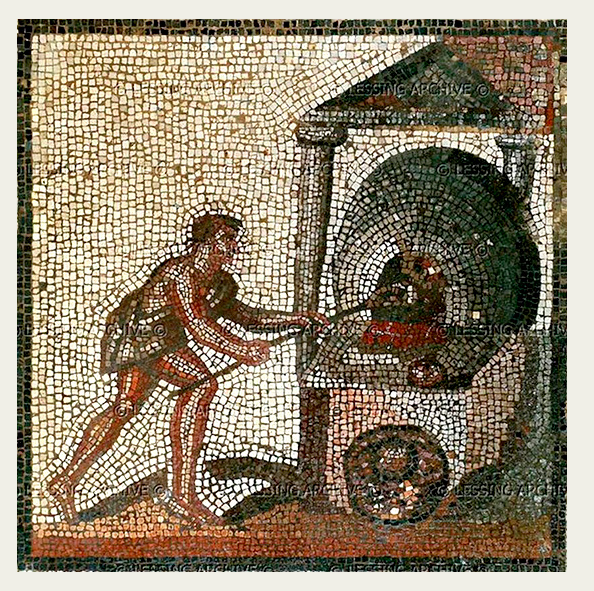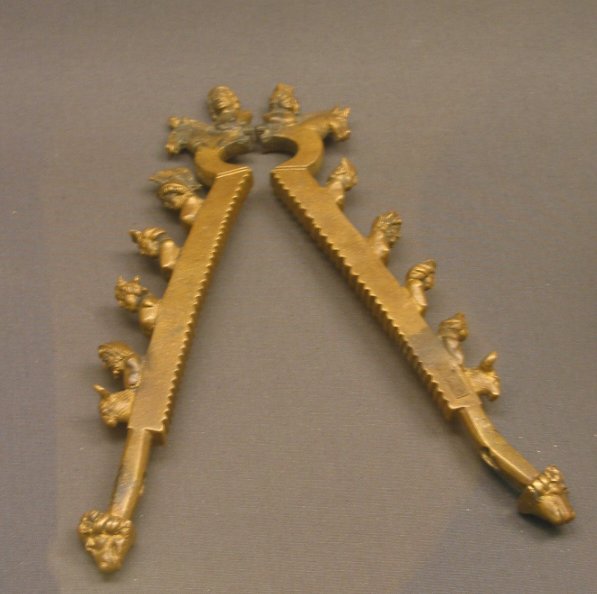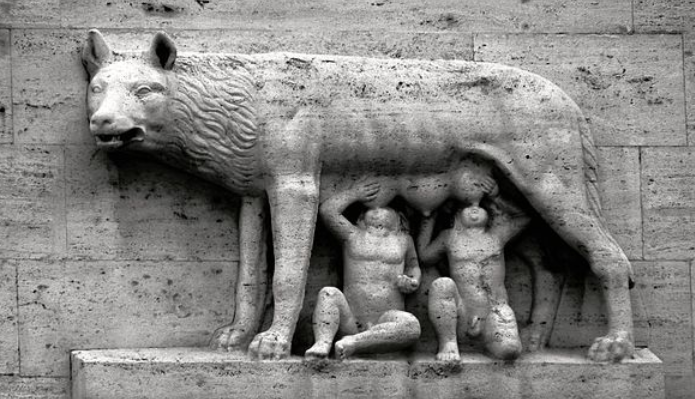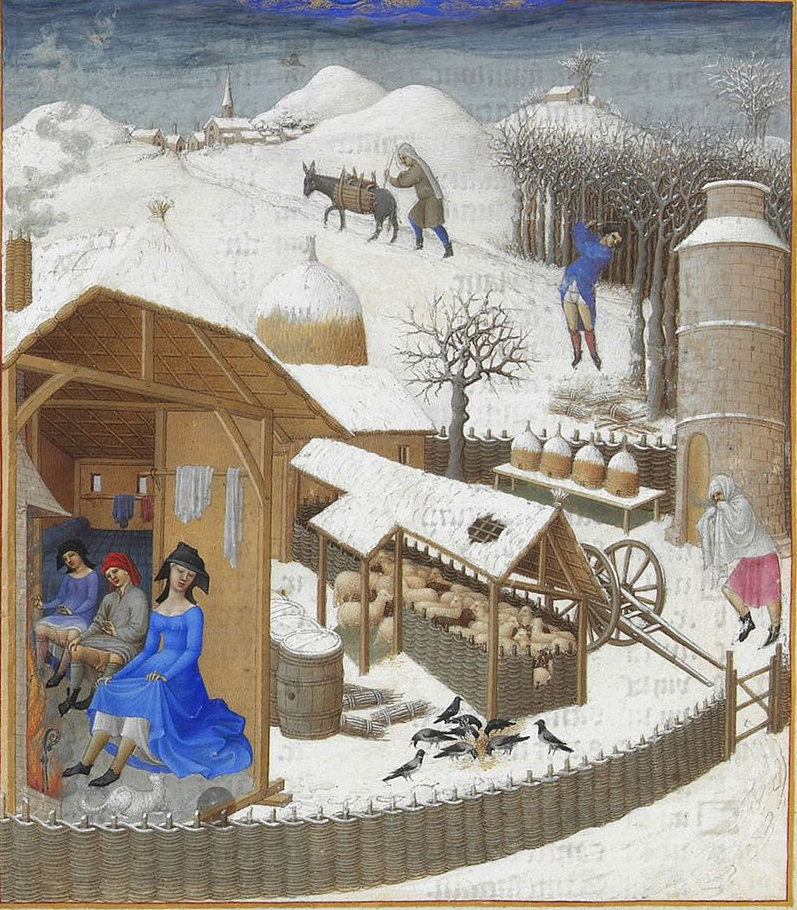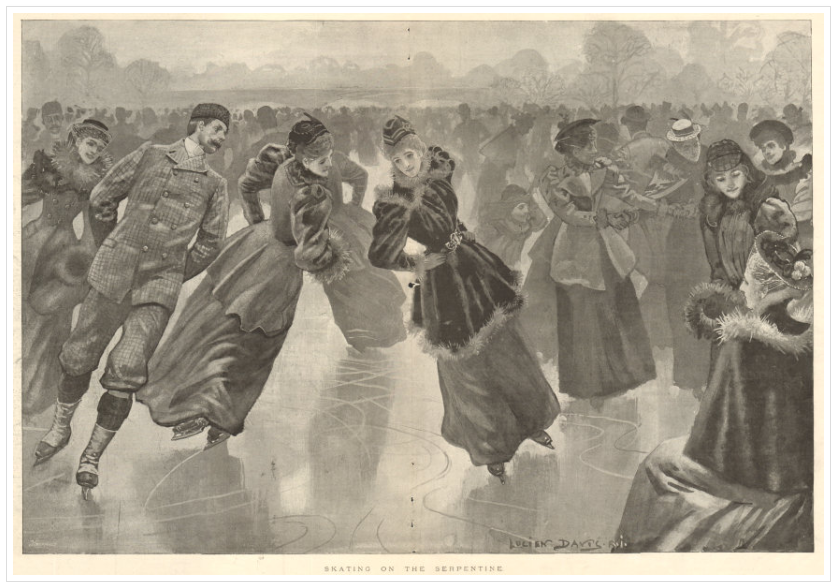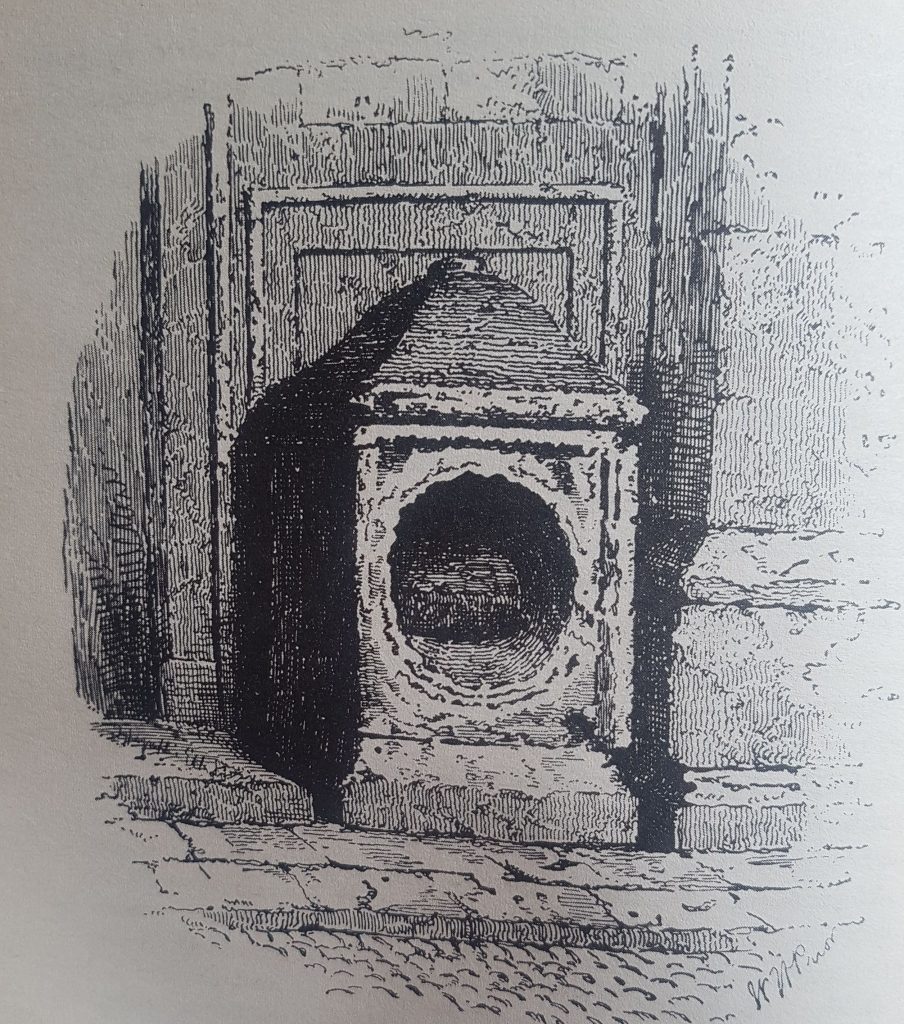
On February 18th, I revised a post about Ravens, King Bran’s Head and other Palladiums that protected Britain (or London) from invasion. If you missed it, look here. A possible Palladiun I missed out is London Stone. To remind you, London Stone is an eponymous stone found in Cannon Street, in the heart of the City of London, It is first mentioned in the 12th Century, and no one knows why it was famous.
In 1862, an ‘ancient proverb’ surfaced:
“So long as the Stone of Brutus is safe, so long shall London flourish”
It was made anonymously in the journal Notes and Queries. In Welsh, it was “Tra maen Prydain, Tra lled Llyndain’ This verse, if genuine, would link the Stone to Brutus of Troy, the legendary founder of London. (To be precise: by genuine, I don’t mean it would prove the stone was linked to King Brutus, I mean, if genuine, it would prove that in the medieval period the stone was linked to Brutus.)
However, the writer has been identified as Richard Williams Morgan, who was a passionate Welsh Nationalist and prolific author, who was not very scrupulous with his analysis of sources. As no earlier source can be found, it is thought Morgan made it up.
He lived in London in the 1850s and was very struck by the London Stone. Archaeologists prefer the idea that London Stone it is, likely, a milestone from which the Romans measured distance. For Shakespeare, it was the stone on which rebel Jack Cade claimed lordship of London. For the romantic, it was a coronation stone; a stone of power; the sword in the stone stone; or an ancient megalith. The truth is, we have no idea. It has been called the London Stone since the 12th Century, but why was it so named and what was it ‘for’ or symbolic of, we still don’t know.
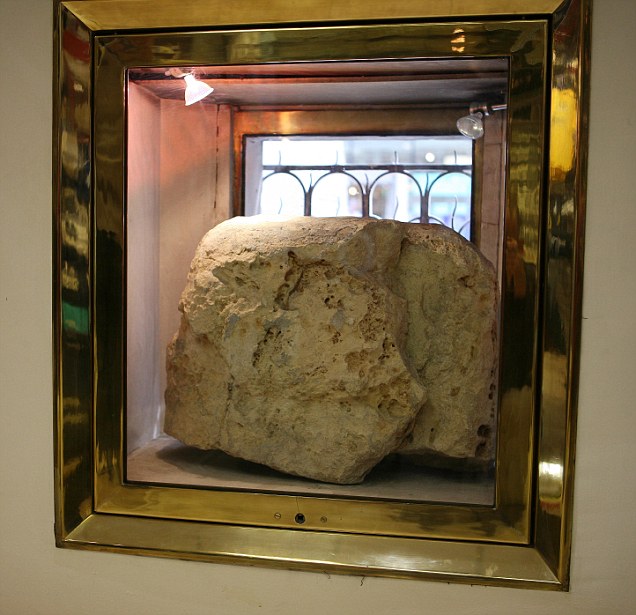
Morgan came to the conclusion it was the stone plinth on which the original Trojan Palladium had stood. This was a wooden statue of Pallas Athene, that protected Troy from invasion and which was stolen by Odysseus and Diomedes shortly before the successful Trojan Horse plot. It was then taken to Italy.
Morgan’s idea was that King Brutus brought it from Rome when he sailed into Exile in Britain. Brutus, was a descendent of Aeneas. Aeneas was the only Trojan leader to escape from the destruction of Troy, who found his way to Rome, after leaving Dido in Carthage. He was the ancestor of Romulus who founded Rome, but also the ancestor of King Brutus. Brutus gathered all the Trojan slaves and exiles and sailed to found a new Troy in our green and pleasant lands. His new capital he called Troia Nova, which became Trinovantum, then Lud’s Dun, and finally London.
Morgan’s theory held that the Stone was used as the altar stone of the Temple of Diana (supposedly on the site of St Pauls Cathedral) and set up by Brutus.
Morgan was the first person to link London Stone with Brutus, or so people thought and still think (see Wikipedia, until 2018.
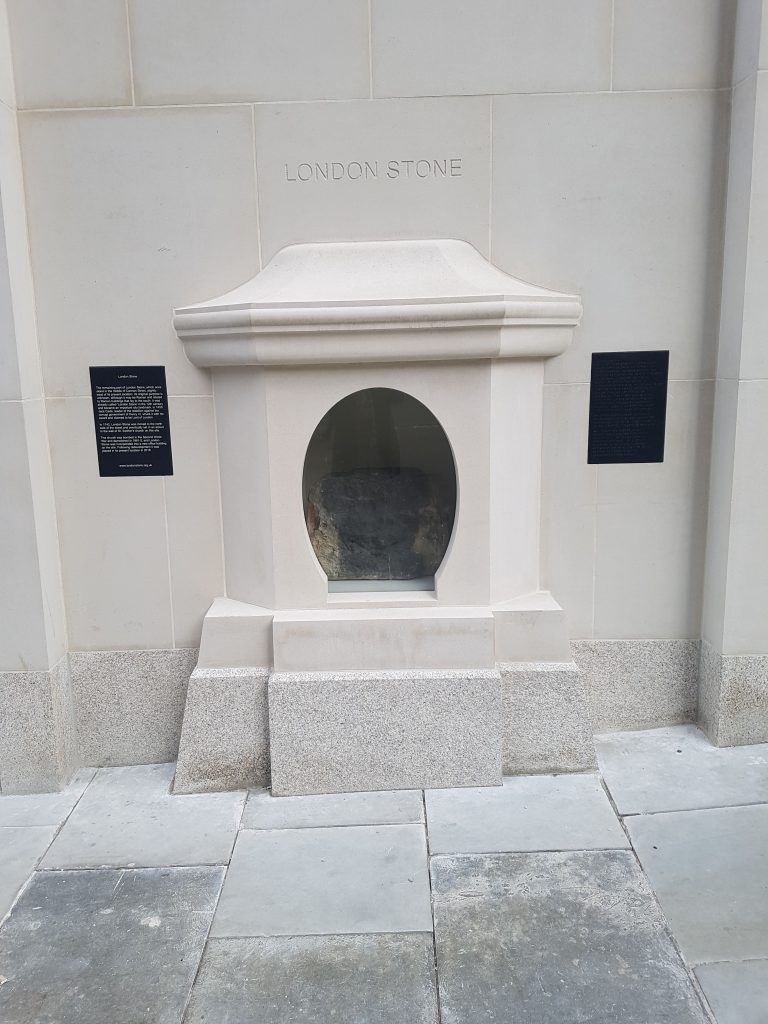
John Clark, Emeritus Curator at the Museum of London, in 2018, found a reference to a narrative poem of the 14th Century, that links London Stone to Brutus and to the future prosperity of London. Just as Morgan did. So, it makes it possible, at least, that Morgan did not just make the link-up but draw on this medieval ‘tradition.’
Brutus set up London Stone
And these words he said anon:
‘If each king that comes after me
Makes this city wide and roomy
As I have in my day,
Still hereafter men may say
That Troy was never so fair a city
As this city shall be.’
From Burnley & Wiggins 2003b, lines 457–64(John Clark’s modern English version)
For the full story, see John Clark’s article.
Recent archaeological discoveries that London was the site of Late Neolithic feasting on a possibly large scale (discussed here🙂 makes the chances that the stone is a ‘ritual’ stone from prehistory slightly more likely than previously thought. At least that is my opinion. But, of course, there is still no evidence that London Stone is prehistoric, nor that Brutus actually existed.
Written in 2023 and revised in February 2024.








